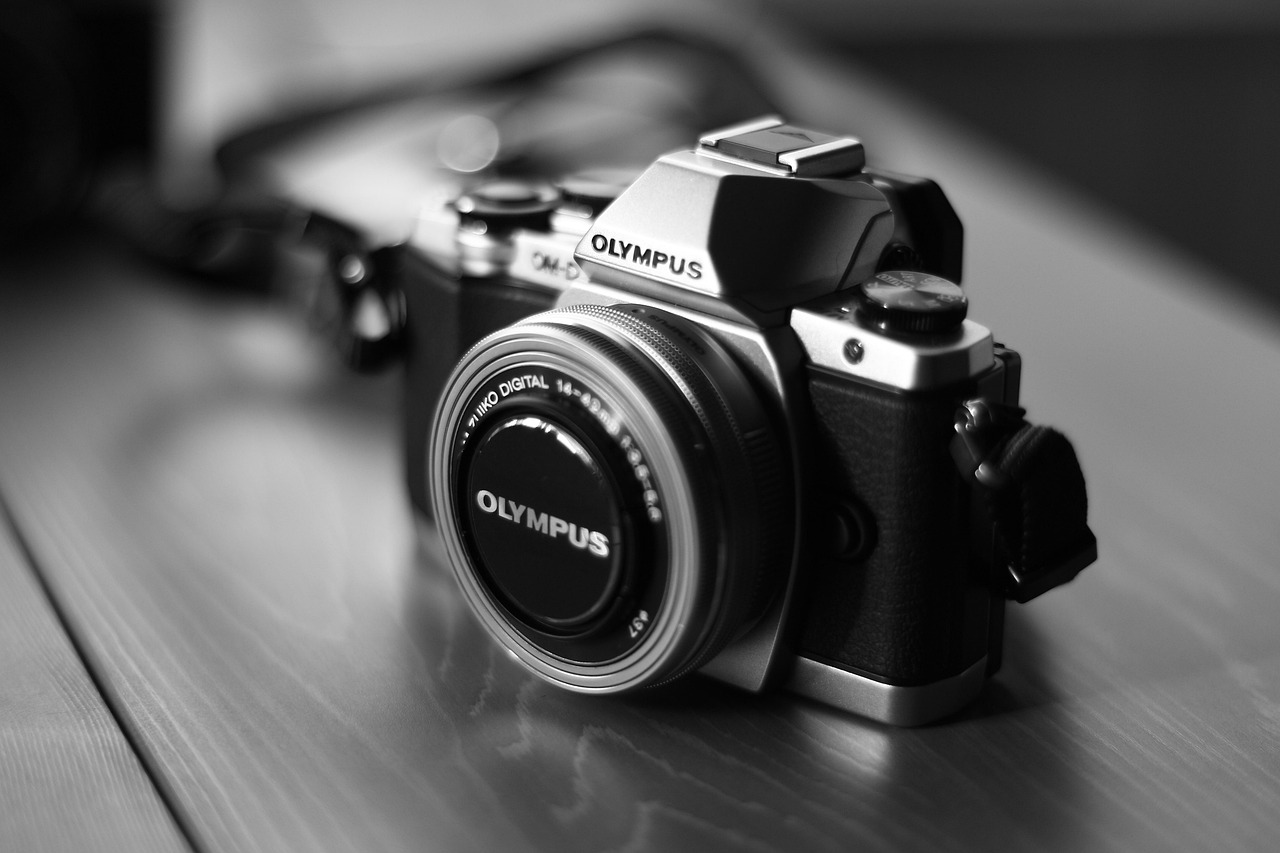
Introduction to the best High-End Mirrorless Cameras for Filmmaking
Best High-End Mirrorless Cameras, As filmmakers, we know that choosing the right camera is we can make or break our next project. In 2025, high-end mirrorless cameras stand at the forefront of video technology, offering stunning image quality and versatility that can elevate our storytelling to new heights.
In this article, we will explore the best high-end mirrorless cameras for filmmaking, equipping ourselves with the knowledge needed to make informed decisions about investing in new gear. We’ll start by understanding the benefits of mirrorless cameras, unveiling why they are increasingly favored by professional video creators.
Next, we’ll delve into key features that truly matter for filmmaking, ensuring our equipment aligns with our creative vision. We will also highlight our top picks for high-end mirrorless cameras in 2025, considering various factors to help us choose wisely.
Lastly, we’ll discuss budget considerations and future trends in camera technology, ensuring we’re prepared for what lies ahead. Let’s dive into the world of mirrorless cameras and unlock our filmmaking potential!




Understanding the Benefits of The Best High-End Mirrorless Cameras
As we explore the realm of filmmaking, it’s essential to recognize the unique advantages that mirrorless cameras offer compared to traditional DSLRs. Here, we’ll discuss how these benefits specifically enhance our filmmaking experience.
Size and Weight
One of the most compelling reasons for switching to a mirrorless system is their compact design. Without the bulk of a mirror box and optical viewfinder, mirrorless cameras are significantly lighter and smaller. This can be a game-changer when we’re filming on location, where every ounce matters. For example, carrying a mirrorless camera rig through rugged terrains or up long staircases becomes a breeze, enabling us to stay mobile and agile during shoots.
Autofocus Performance
Autofocus is crucial when capturing dynamic scenes. Mirrorless cameras excel in this area thanks to their advanced on-sensor phase-detection technology, allowing for faster and more accurate focus adjustments. This is especially useful in filmmaking, where the action is often rapid and unpredictable. For instance, during a shoot with quick character movements, a mirrorless camera like the Sony A7S III locks on to subjects almost instantaneously, ensuring we don’t miss that perfect shot.
Video Capabilities
While DSLRs have made strides in video quality, mirrorless cameras have taken the lead with their superior video capabilities. Most high-end models now support 4K and even 8K video recording, along with high frame rates for slow-motion capture. This flexibility enables us to experiment with different styles, whether we’re crafting cinematic sequences or fast-paced action scenes. Plus, many mirrorless models come equipped with features like built-in stabilization, which is a boon for handheld shooting.
Battery Life and Heat Management of Best High-End Mirrorless Cameras
Historically, mirrorless cameras struggled with battery life; however, advancements in technology have significantly improved this aspect. Newer models feature efficient battery systems that can handle the demands of extended shooting sessions. Additionally, innovations in heat management allow for longer video recordings without overheating issues, which improves our workflow during lengthy takes or events.
As we can see, the benefits of mirrorless cameras extend beyond mere convenience; they enhance our creative options and practical experience as filmmakers.
Preparing ourselves with the right features, next, we’ll discuss the essential elements to consider when choosing a camera specifically for filmmaking. Let’s uncover what makes a camera not just good, but outstanding for our unique video production needs.
Key Features to Look for in Filmmaking Cameras
When selecting a mirrorless camera for filmmaking, it’s crucial to focus on certain key features that directly enhance our video production capabilities. With the plethora of options available on the market in 2025, understanding these essential elements will help us invest our resources wisely and align our tools with our creative vision.
Sensor Size
The sensor size is one of the most critical components affecting image quality. Larger sensors, such as full-frame sensors, capture more light, which results in better image clarity, especially in low-light conditions. This can be a game changer when we’re filming atmospheric scenes that rely on ambient lighting. Cameras like the Canon EOS R5 offer a full-frame sensor, delivering stunning visuals with rich detail and depth.
Dynamic Range
Dynamic range refers to a camera’s ability to capture detail in both the brightest and darkest areas of an image. For filmmakers, a camera with a broader dynamic range allows us to preserve details in high-contrast lighting situations, such as outdoor shoots at sunset. The Sony A7S III, for instance, boasts remarkable dynamic range, making it a favorite for capturing dramatic visuals and nuanced performances.
Video Resolution and Frame Rates
Video resolution and frame rates are paramount for our storytelling. With many high-end mirrorless cameras supporting up to 8K resolution, we have the flexibility to produce visually stunning content. Furthermore, options for varying frame rates (e.g., 24, 60, or 120 fps) allow us to achieve different cinematic effects, like slow motion. We should look for cameras like the Panasonic Lumix GH6, which offers 4K/10-bit recording at high frame rates, enabling us to experiment creatively with every shoot.
Audio Input Options
Sound is just as important as video, so a camera’s audio capabilities can greatly affect our production quality. We should prioritize cameras that feature XLR inputs or at least a 3.5mm microphone jack for external audio sources. This is essential for capturing crisp audio or using shotgun microphones for dialogue-heavy scenes. The Fujifilm X-T4 includes advanced audio options, ensuring that our audio capture matches the superb video quality.
Stabilization Features
Finally, stabilization features can significantly impact our handheld shooting. In filming environments requiring mobility, in-body stabilization (IBIS) helps us achieve smoother footage, reducing the need for bulky gimbals in some scenarios. High-end models, like the Nikon Z6 II, come equipped with effective stabilization systems that enhance our shooting versatility.
| Feature | Importance | Recommended Models |
|---|---|---|
| Sensor Size | Greater detail and low-light performance | Canon EOS R5, Sony A7S III |
| Dynamic Range | Preserves detail in highlights/shadows | Sony A7S III, Panasonic GH6 |
| Video Resolution | High-quality visuals | Panasonic GH6, Canon EOS R5 |
| Audio Input Options | Enhanced audio quality | Fujifilm X-T4, Blackmagic Pocket |
| Stabilization Features | Smoother handheld shots | Nikon Z6 II, Sony A7 III |
As we navigate these features, we equip ourselves with the knowledge to make informed choices that elevate our storytelling. Understanding these elements will not only enhance our current projects but also prepare us for what’s to come as we move further into the realm of high-end filmmaking. In the next section, let’s explore some of the top high-end mirrorless cameras available for video production in 2025.
Top High-End Mirrorless Cameras for Video Production
As we venture into the world of high-end mirrorless cameras, it’s important to highlight some standout models that promise exceptional video production capabilities. We’ve curated a list of the best options available in 2025, each with its unique strengths to suit varied filmmaking needs. Let’s break down our top contenders, including specifications, pros and cons, and scenarios where each camera shines.
You may be interested In: Smart Glasses vs Smart Helmets: Which Is Better for Industrial Safety?
Sony A7S III
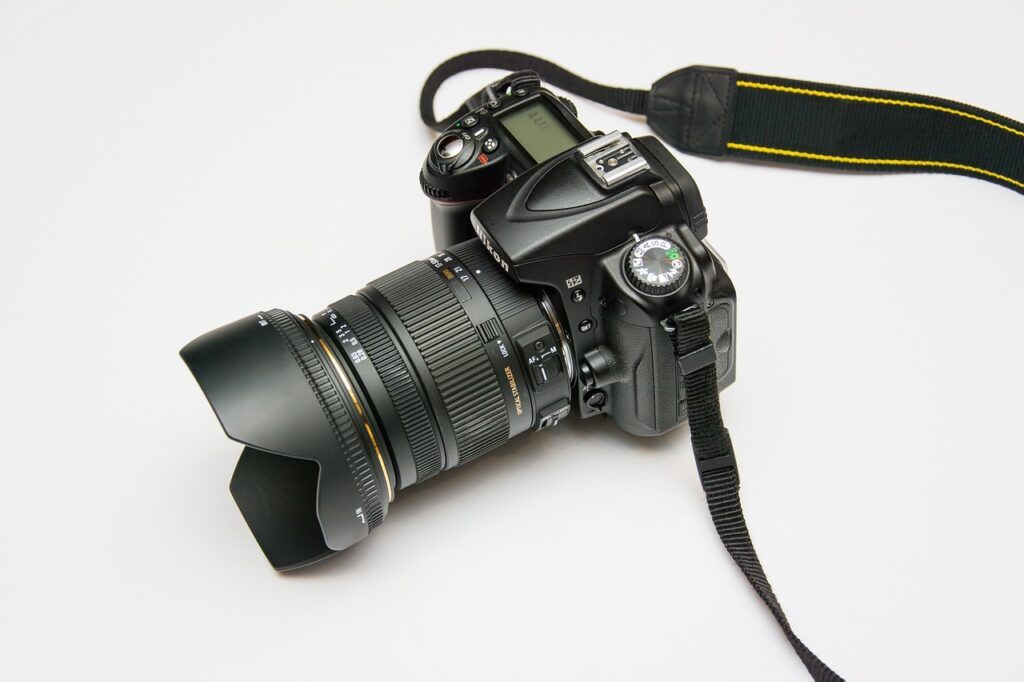
Sony NEW Alpha 7S III Full-frame Interchangeable Lens Mirrorless Camera
The Sony A7S III is a favorite among filmmakers for its outstanding low-light performance and versatility.
Canon EOS R5
The Canon EOS R5 is renowned for its phenomenal imaging capabilities and robust video features.
Panasonic Lumix GH6
The Panasonic Lumix GH6 continues the legacy of excellent video-centric micro four-thirds cameras.
Fujifilm X-T4
The Fujifilm X-T4 offers a balance of high-quality video features and beautiful color science.
Nikon Z6 II
The Nikon Z6 II is an impressive all-rounder, bridging photo and video capabilities seamlessly.
| Camera Model | Sensor Type | Max Video Resolution | Battery Life | Notable Feature |
|---|---|---|---|---|
| Sony A7S III | Full-Frame | 4K up to 120 fps | 600 shots | Best low-light performance |
| Canon EOS R5 | Full-Frame | 8K up to 30 fps | 320 shots | High-resolution capture |
| Panasonic Lumix GH6 | Micro Four Thirds | 4K up to 60 fps | 400 shots | Great dynamic range |
| Fujifilm X-T4 | APS-C | 4K up to 60 fps | 600 shots | Superior color science |
| Nikon Z6 II | Full-Frame | 4K up to 60 fps | 400 shots | Weather-sealed body |
With this curated selection of high-end mirrorless cameras, we find ourselves well-equipped to tackle various filmmaking scenarios and genres. Next up, we will dive into budget considerations, ensuring we strike a balance between our creative aspirations and financial practicality as we invest in our filmmaking journey.
Budget Considerations for Professional Filmmakers
As we step into the exciting world of high-end mirrorless cameras for filmmaking, budgeting becomes a crucial aspect we can’t overlook. With prices continuing to rise in 2025, it’s important for us to evaluate how we allocate our resources for cameras and necessary accessories without sacrificing quality. Let’s break this down.
Understanding Costs
When planning our budget, we should consider not just the price of the camera body but also the secondary costs associated with filmmaking. These may include:
Price Versus Features
When considering different camera models, we should analyze the features relative to their price points. Here’s a simplified comparison of the top high-end mirrorless cameras we discussed:
| Camera Model | Price Range | Key Features | Best For |
|---|---|---|---|
| Sony A7S III | $3,000 | Unmatched low-light performance | Documentaries, Events |
| Canon EOS R5 | $3,900 | 8K video recording, high-resolution stills | High-end marketing, Music Videos |
| Panasonic Lumix GH6 | $2,200 | Excellent dynamic range and compact design | Travel Filmmaking |
| Fujifilm X-T4 | $1,700 | Great color science and ergonomics | Lifestyle, Narrative Filmmaking |
| Nikon Z6 II | $2,000 | Dual card slots and solid low-light capabilities | Hybrid shoots |
This table illustrates how different models fit into our budget while delivering unique strengths. By aligning our specific needs with each model’s features, we can make smart purchasing decisions.
Tips for Finding the Best Deals
By carefully planning and evaluating our needs against our budgets, we can make informed investments that will pay off in our filmmaking endeavors. As we look ahead, understanding budget constraints will prepare us for the future trends shaping camera technology. Let’s explore that next.
Future Trends in Mirrorless Camera Technology
As we look to the horizon of filmmaking in 2025, exciting trends in mirrorless camera technology are emerging that promise to redefine how we capture our stories. From artificial intelligence enhancements to breakthroughs in low-light performance, these advancements will pave the way for filmmakers to create even more dynamic and engaging content.
Advancements in AI Technology
Artificial intelligence is starting to play a transformative role in the design and functionality of mirrorless cameras. Modern cameras are now equipped with intelligent features such as real-time scene recognition, auto-adjusting exposure settings, and even advanced subject tracking. For us as filmmakers, this means less time adjusting settings and more time focusing on creativity. For instance, the latest models can analyze a scene and automatically optimize color profiles for different environments, seamlessly enhancing our workflow.
Improved Low-Light Performance
Low-light shooting is essential for capturing atmospheric scenes. Recent innovations lend cameras enhanced low-light capabilities, making it easier to film in challenging environments without sacrificing quality. This is particularly advantageous for documentary filmmakers who often rely on natural or ambient light. Sensors with increased sensitivity—thanks to technologies like backside illumination (BSI)—are making headlines. Cameras such as the Sony A7S IV are expected to raise the bar by offering clearer, noise-free images even at very high ISO settings, enabling us to explore new creative avenues.
The Impact of 8K Video
As 8K video becomes more accessible, we anticipate it will become a standard feature rather than a novelty. The visual clarity and detail provided by 8K offer immense flexibility in post-production, allowing for cropping, stabilizing footage, and adjusting framing without noticeable loss in quality. As we see more cameras adopting 8K capabilities, such as the Canon EOS R5 and subsequent models, we should prepare ourselves to leverage higher-resolution formats that will enhance our storytelling.
Enhanced Connectivity and Workflow Solutions
Beyond image quality, the future of mirrorless cameras also involves improved connectivity tools that facilitate seamless integration with our editing software and social media platforms. Features like wireless data transfer, cloud syncing, and real-time editing capabilities are becoming commonplace. This will enable us to streamline our workflows, ensuring that our creative process is as efficient as possible. With more camera manufacturers focusing on user-friendly apps that complement their hardware, we can expect to see less interruption in our work, making collaboration easier and more fluid.
Sustainability Focus
Finally, as filmmakers, we are becoming more conscious of sustainability. Future mirrorless cameras are likely to incorporate eco-friendly materials and energy-efficient technologies without compromising performance. This shift not only reflects a growing environmental awareness but also aligns with the values of audiences and brands alike, enabling us to tell stories that resonate more deeply.
As these trends evolve, we find ourselves at an exciting precipice of innovation that will significantly enhance our filmmaking capabilities. Understanding these advancements prepares us for a future where technology works hand-in-hand with our creative visions.
Now that we’ve explored the emerging trends shaping the mirrorless camera landscape, it’s vital we reflect on how to choose the right tools that align with our filmmaking needs. Let’s transition to our conclusion!
Conclusion: Choosing the Right Camera for Your Filmmaking Needs
As we’ve explored in this article, high-end mirrorless cameras offer incredible advantages for filmmakers, including superior autofocus, compact designs, and extensive lens options. We’ve highlighted essential features to consider, from video resolution to dynamic range, and shared our top picks that cater to various creative styles and budgets.
Ultimately, choosing the right camera depends on your unique filmmaking needs and vision. We encourage you to evaluate your projects and select a high-end mirrorless camera that enhances your storytelling capabilities. Remember, the right equipment can elevate your work and inspire your creative journey. Let’s make 2025 the year we unlock our cinematic potential with the perfect gear!

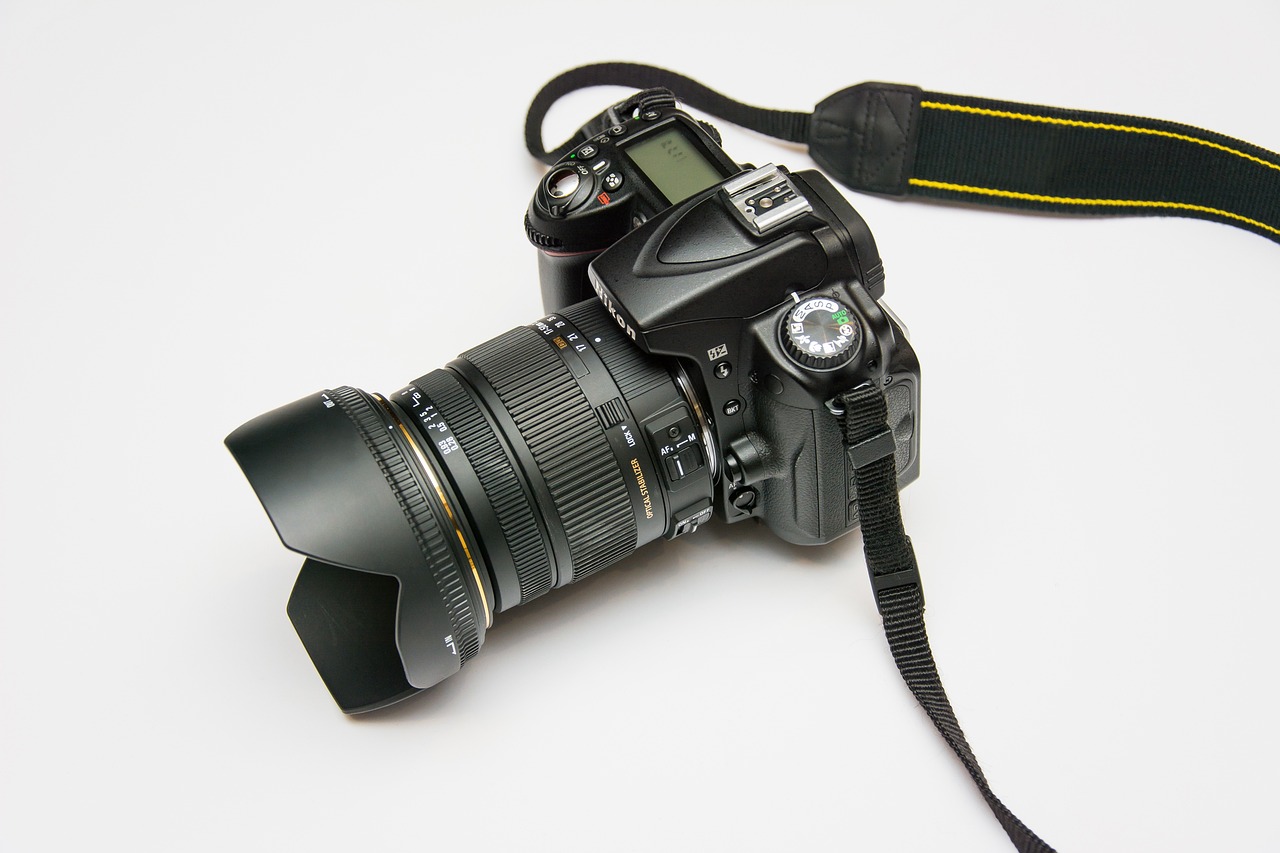

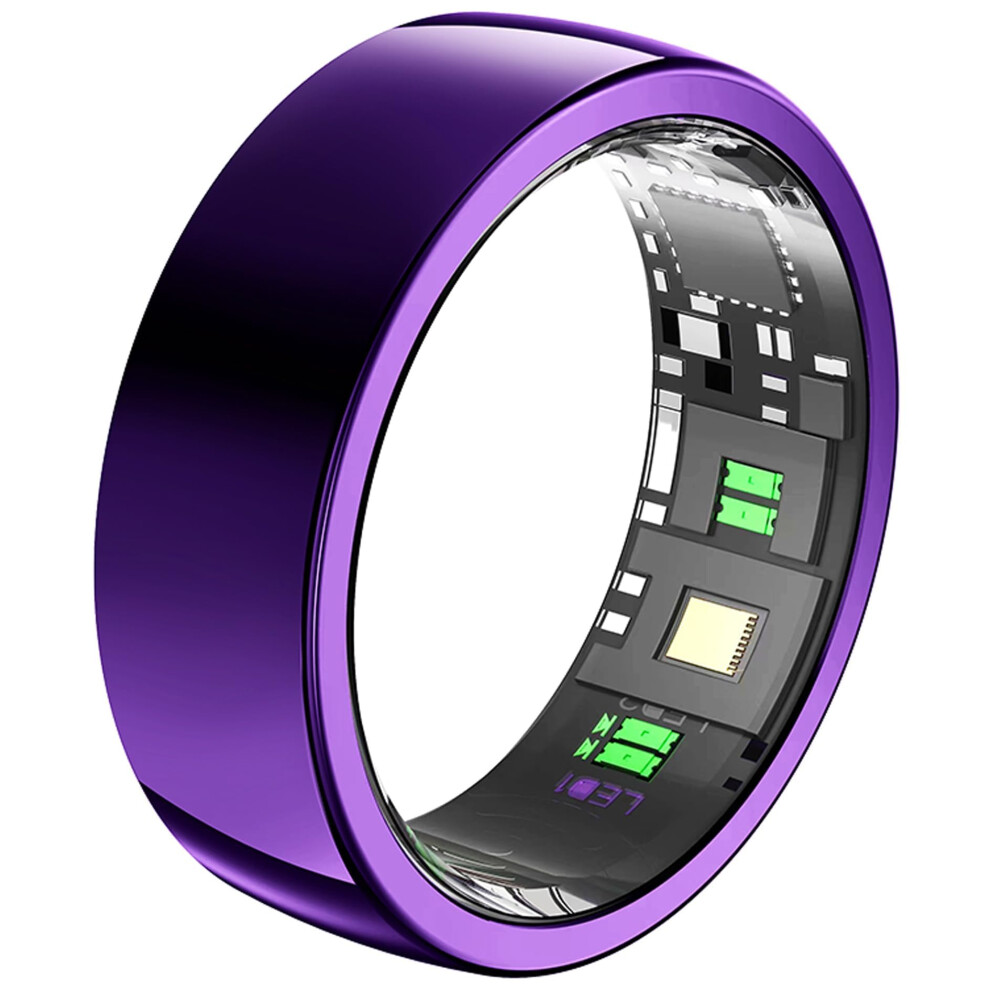

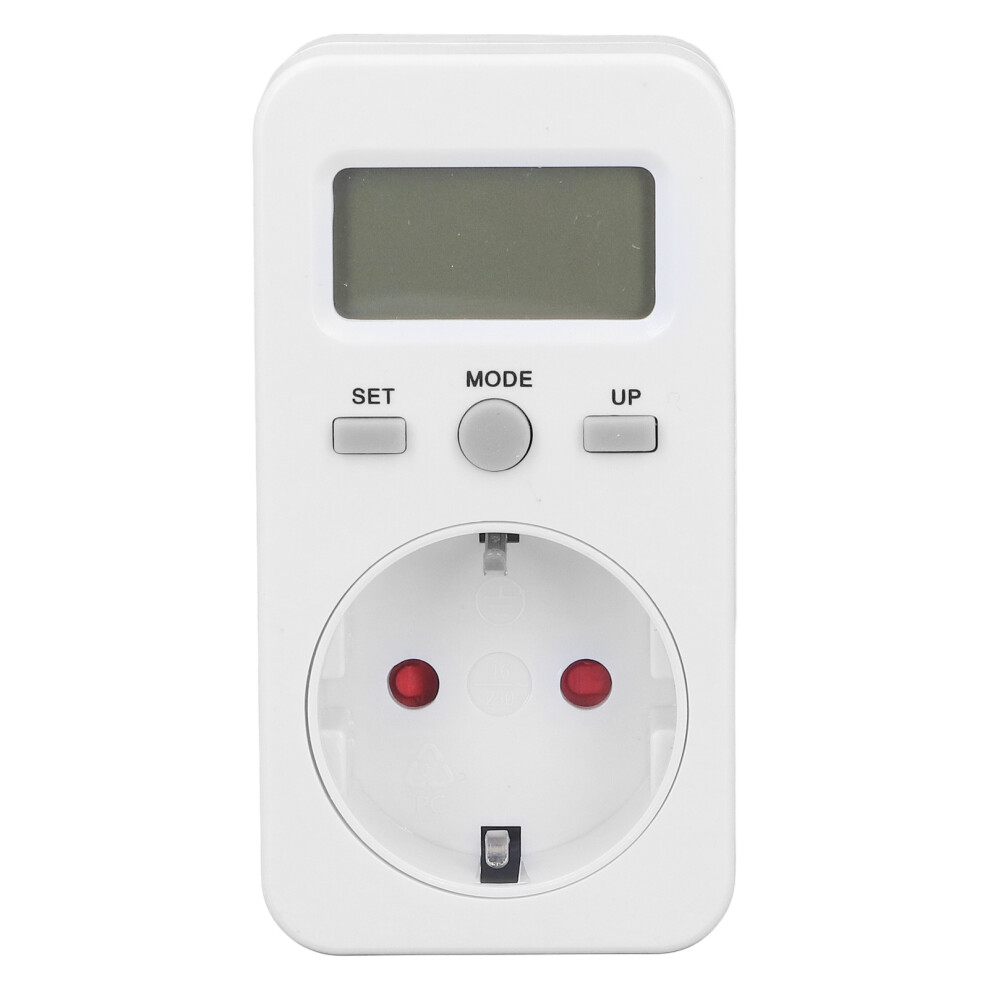
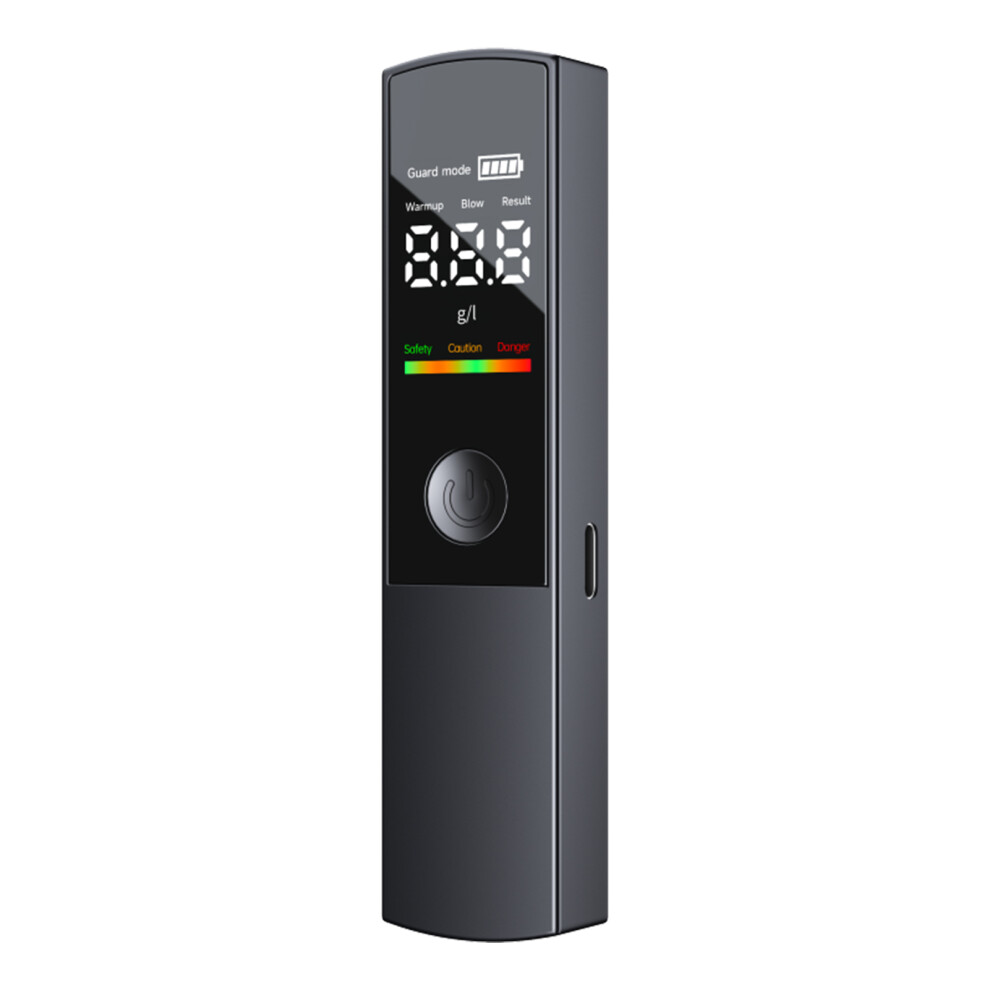
I think the waterproof case is a bit overkill unless you’re going diving or something. Do filmmakers really need that?
You’d be surprised! It’s great for outdoor shoots, especially in unpredictable weather. 🌧️
Exactly, Mark! Even if you’re not diving, protecting your gear is crucial.
I’m a total newbie to this stuff. Is the investment worth it if I’m just trying to make some YouTube videos?
Absolutely, Tommy! Starting with a good camera can elevate your content significantly!
Plus, the learning curve is fun! You’ll pick it up as you go. The quality will blow you away!
I’m not into vlogging but that 8K Ultra HD Vlogging Camcorder caught my eye. Anyone tried it? Is it really that good?
Thanks for sharing, Sarah! The 8K resolution is definitely a game changer for video quality.
I’ve had a go with it at a friend’s place! The quality is mind-blowing! Perfect for cinematic shots!
I love the idea of mirrorless cameras! But I’m still confused about the advantages over DSLRs. Can someone break it down for me?
Sure! Mirrorless cameras are generally lighter, quieter, and have faster autofocus. Less bulk means easier travel! 👍
Great points, Kevin! The compact design really benefits filmmakers on the go.
The prices of these high-end cameras are wild! 😳 Any budget-friendly suggestions for beginners?
Honestly, look at used models! You can find some great deals. Don’t need to break the bank!
Great tip, Kevin! Used models can offer fantastic value.
I’m still trying to decide between a mirrorless and a DSLR for my indie film project. Any suggestions?
Good insight, Tommy! Each type has its pros, but mirrorless is often preferred for video.
If you’re shooting video, mirrorless might be better for autofocus and lighter gear.
Loved the section on future trends! Can’t wait to see what’s next in camera tech! I really hope they get better with low-light performance. 🤞
Right? That would be a game-changer for night shoots!
Definitely something to look forward to, Chris!
Great article! I’ve been eyeing the Canon EOS M6 Mark II for a while. The camera cage mentioned seems like a must-have for stability during shoots. What do you all think? Is it worth the extra cash? 🤔
Totally! A cage is super helpful, especially if you’re adding extra gear like a mic or lights. Definitely worth it! 🎥
Glad you found it useful, Emily! The cage really does enhance stability and opens up creative options.
I’m really impressed by the advancements in mirrorless tech. Can’t wait to see what 2025 has in store!
Same here! Imagine the possibilities! 😍
Thanks for your enthusiasm, Nathan! Exciting times ahead for filmmakers!
The article nails it! But here’s a thought – what about battery life? That’s always a concern for me.
True! Battery life can be tricky, especially for long shoots. I always carry extras.
Great point, Daniel! Always good to have backup batteries for those long days.
I just got into filmmaking and this guide is super helpful! I’m excited to explore these mirrorless options! 🎉
Awesome, Sophie! Best of luck on your filmmaking journey! You’ll love it!
Thanks, Sophie! Enjoy exploring and creating!
I’m curious about the LED ring light stabilizer! How does it perform? Is it worth the investment?
Glad to hear that, Chris! Lighting is key in filmmaking.
I’ve used one before! It really helps with lighting and stabilization. Totally worth it!